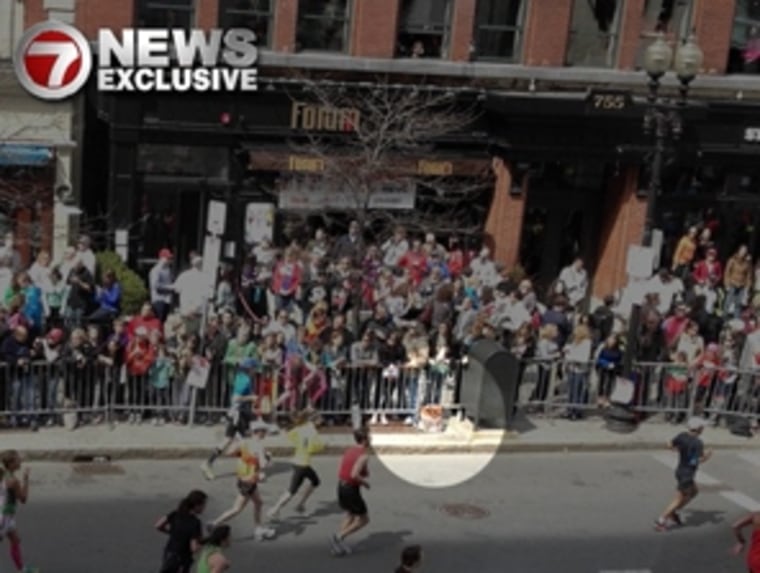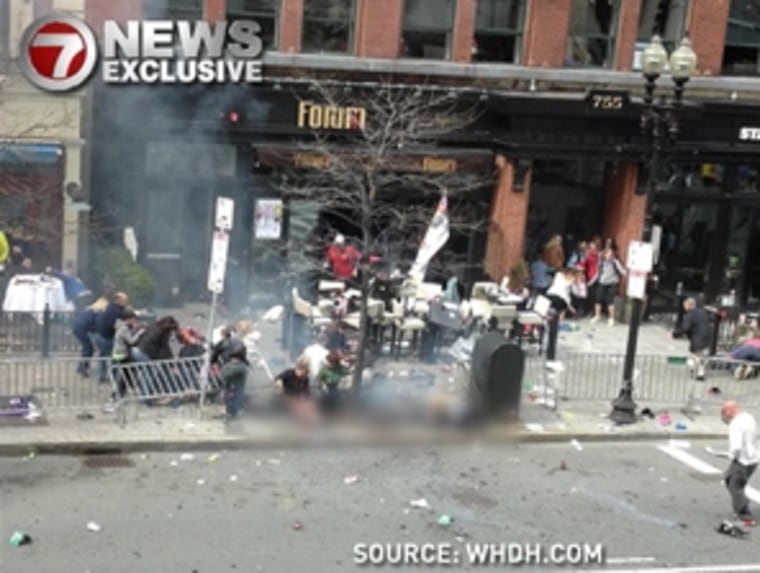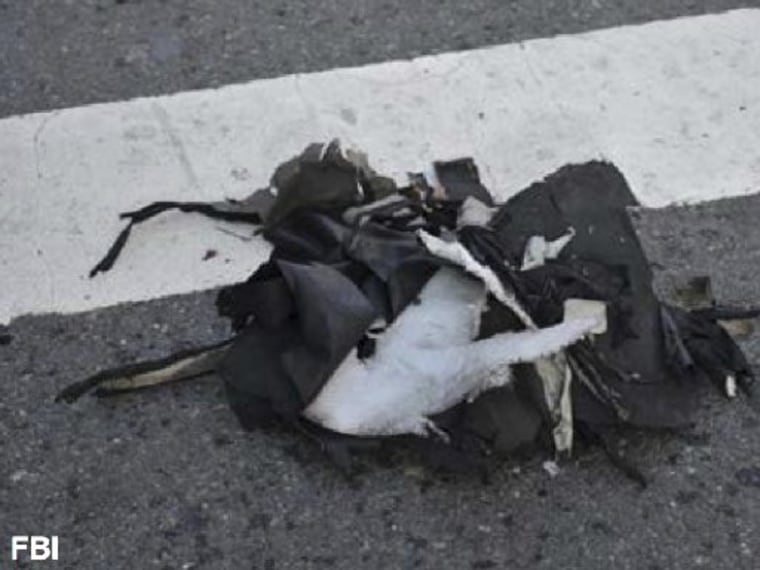Updated Wed., April 17, 10:55 am
One of the bombs that exploded near the Boston Marathon finish line was composed of explosives and shrapnel packed into a pressure cooker that was hidden in a black nylon bag, according to authorities. The second device was also in a metal container but authorities have not been able to determine whether it was a pressure cooker or not, the FBI and Dept. of Homeland Security said in a statement.
The devices were put inside the bags and appear to have been carried to the route and placed near the Boston Marathon grandstand, where investigators believe they were detonated using a timer.
Investigators told NBC News that the two bombs included BBs, ball bearings, and tiny nails.
A document released by the FBI and Department of Homeland Security Tuesday said that pressure cooker bombs are very common in Southwest Asia, including parts of India and Pakistan. Inspire, an al-Qaida magazine, has also referenced pressure cooker bombs, as has William Powell's The Anarchist Cookbook, according to the FBI.
Pressure cooker bombs were previously used on American soil in an attempted 2010 attack on Times Square that was thwarted by street vendors. In that case, the FBI said one of the pressure cooker bombs was packed with firecrackers.
In 2012, PFC Naser Jason Abdo was sentenced to two consecutive life sentences, plus 60 years, in prison for being in possession of bomb-making materials, including two pressure cookers.
Bomb specialists described the devices used in the Boston Marathon bombing as "low explosive" that traveled under 3300 feet per second. Experts said that the bombs did not have the blast effect of larger explosives that would cause more damage right away, but did have enough power to propel shrapnel far beyond where the device was located.
Homeland Security Secretary Janet Napolitano said Wednesday in testimony before the Senate Homeland Security Committee that "there is no current indication to suggest the attack was part of a broader plot."
Federal law enforcement authorities continue to look into more than 2,000 tips they have received from the public, including the photos below, but they the have no new leads on who is responsible for what President Obama has called a “act of terrorism” in Boston.
More than 170 people were injured in the blasts Monday, and three were killed.


